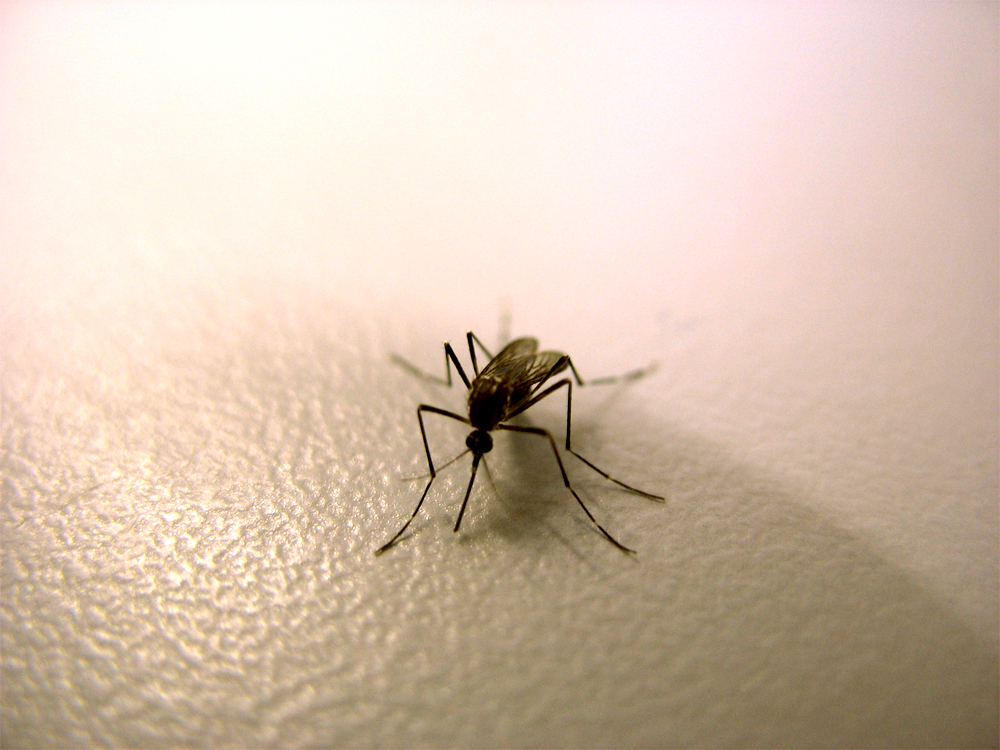
(HealthDay News) — When infants and young children get a fever, they can also have a “febrile” (feverish) seizure. This type of seizure doesn’t mean the child has epilepsy or brain damage. It’s usually not serious and typically resolves on its own.
The Nemours Foundation offers these suggestions for managing a child’s febrile seizure:
- Keep the child in a safe, soft area to protect the head.
- Have the child lie down on his or her side, to prevent choking.
- Make sure the child is breathing well and that the face isn’t changing color. If the child turns blue or another color, or the seizure lasts longer than 10 minutes, consider it a medical emergency.
- Call your child’s doctor for an evaluation after the seizure ends.
During the seizure:
- Don’t hold the child down or try to restrain the child.
- Don’t put anything inside the child’s mouth.
- Don’t immerse your child in water in an attempt to bring the fever down.

